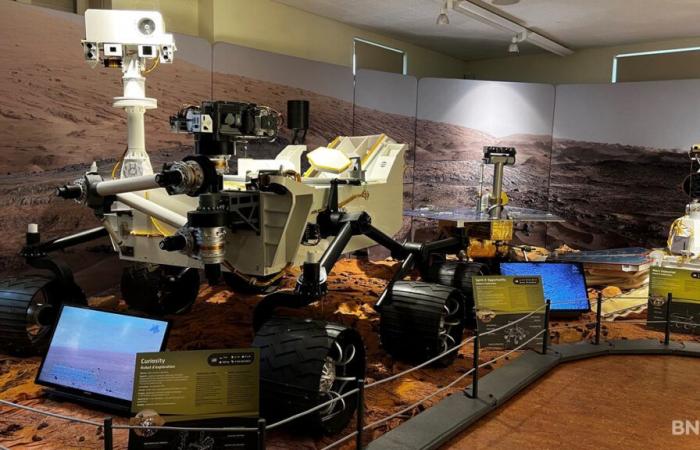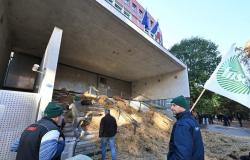Jurassica Museum offers a dive into the fascinating quest for life on the planet Mars. Its new exhibition “Explore Mars”, produced and installed by the Cité de l’Espace in Toulouse, will send you on this great space journey from this Saturday until the end of May 2025. The exhibition compares Mars to our planet Earth in particular. through different fun laboratory experiences.
“The goal is to better understand this planet close to us and its specificities, to understand why it is uninhabitable. We will be able to touch and experiment with things, a Mars Lab will also be accessible on a few Wednesdays and Sundays (see below) to carry out different experiments with a scientific mediator,” explains Gaël Comment, scientific collaborator in charge of the exhibition.
Real-size “Rovers”
Uninhabitable? However, for almost 30 years, man has been exploring Mars in search of traces of life that would make it possible to define hypothetical living conditions for man to one day settle on the red planet. The room of the real-size “Rovers”, these exploration robots sent to the red planet for almost 30 years, bears witness to this quest and constitutes the high point of the exhibition. Their story from 1997 to the present day immerses the visitor in this great scientific dream. “It is the search for life and the conditions in which it appears. Was there water on Mars? If so, can life appear and why has it not appeared? And if it appeared, where is it? », sketches Patrice Cardonne, scientific mediator of the Cité de l’Espace in Toulouse, through the discoveries and technological prowess of the Rovers.
If the visit poses its share of scientific questions, it does not forget the ethical aspect of this quest for life on Mars. “Martian exploration has always been a dream, could we one day live there? But we can also wonder if we should not rather preserve the planet we have under our feet rather than wanting to go to another. », asks Gaël Comment. On the red planet, man, in the course of his research, has already left protective shields for his space modules, debris from metal carcasses propelled by rockets used to deposit the Rovers. Human waste on Mars? And Patrice Cardonne responds: “Indeed, we cannot currently recover them. One day, we might turn it into a museum on Mars! “. /jpi
Key dates for the “Explore Mars” exhibition






